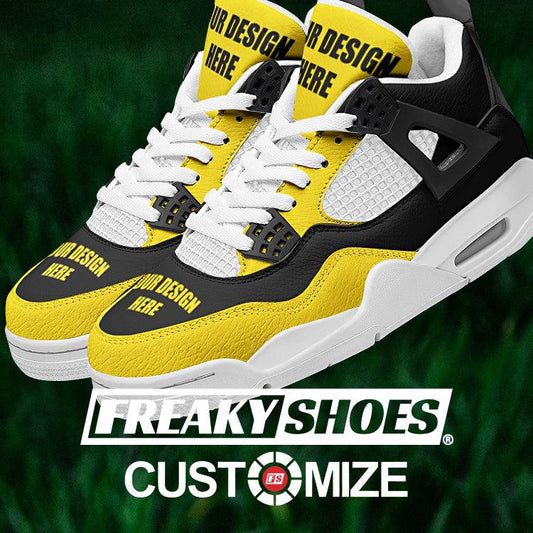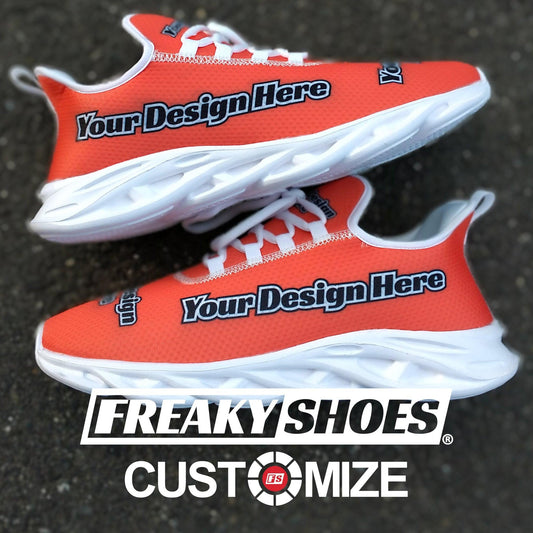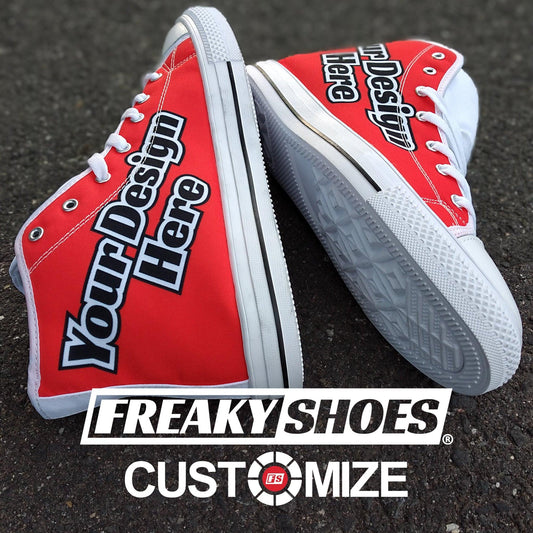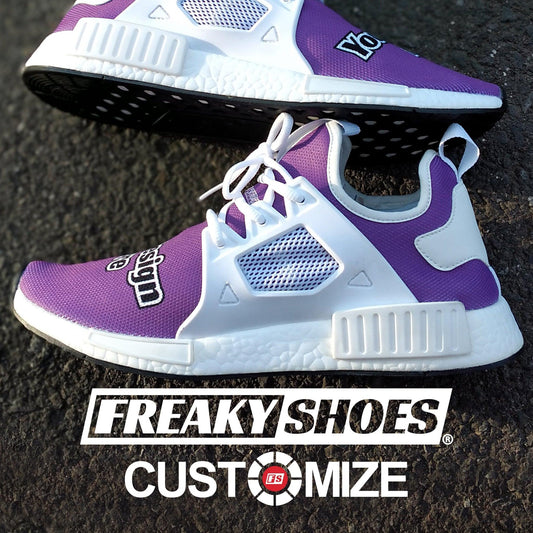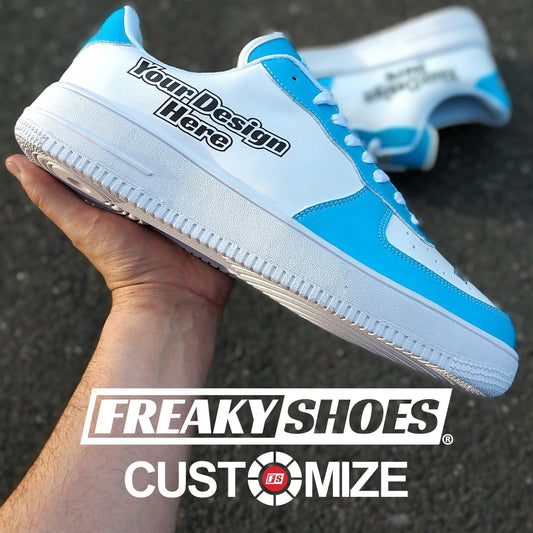If you’re wondering, do Crocs stretch, the short answer is yes, they absolutely do. Crocs are made of Croslite, a special foam that softens with heat and pressure. So when you wear them for days, they start to mold perfectly to your feet.
But wait. What if you want them to stretch right now?
Don’t worry. We’ve got you.
Here, you’ll find 5 proven methods that can stretch your Crocs within minutes. So, continue reading!
Let’s fix those tight Crocs for good!
Key Takeaways
-
Yes, Crocs stretch, but only a little and mostly with heat or regular wear.
-
Most stretching happens within the first 3 to 7 days of wearing them.
-
Hot water and hair dryers are safe ways to stretch tight Crocs at home.
-
Freezer and dryer tricks also work—but only if done right.
-
Crocs shrink in heat, so keep them out of the sun and hot cars.
-
If one Croc fits tighter than the other, stretch just that one.
Do Crocs Stretch? (Explained)

Yes, Crocs can stretch over time, especially if you wear them regularly. Many users have observed that their Crocs become more comfortable after a few days. We’ve seen this happen with almost every pair we’ve worn, especially when we wore them daily.
When we first got our Crocs, they felt snug around the toes and top of the foot. But after about a week, we noticed they started to loosen up. It wasn’t dramatic, but it was enough to feel more comfortable.
The reason Crocs stretch is because of the material they’re made of. Crocs use Croslite, which is a closed-cell foam. When it’s exposed to heat from our feet, the material slowly softens. It doesn’t stretch like fabric, but it molds and adapts.
Stretch or not, one of the main things people care about is whether Crocs are actually comfortable for daily wear. That’s where design and fit really matter.
How Long Do Crocs Stretch in Length?
Crocs can stretch slightly in length, but not a whole lot. Based on what we’ve seen, the length increases by about half a size over time. It’s not extreme, but if your Crocs feel super tight at the toes when you first wear them, they will ease up.
Another thing we noticed is that not all Crocs stretch the same. For example, the Classic Clog stretches a bit more than the Literide or lined versions. We think that’s because the lined ones have less room to give.
How Long Does It Take for Crocs to Stretch?
Crocs start to stretch and feel more relaxed after about 3 to 7 days of regular wear. When we say regular, we mean wearing them for a few hours each day. We’ve had Crocs feel completely different after just one week compared to Day 1.
Why does it take this long? It’s all about how the Croslite material works. This foam reacts to heat and pressure. So the more we wear them, especially in warmer conditions, the faster they start to give.
Of course, how long it takes can depend on the shape of your foot and how tight the Crocs are at the beginning. If they’re only a little snug, you might notice a difference in just a few days. But if they’re really tight, it could take a full week or more.
If you're paying a premium, you may wonder—why are Crocs so expensive, especially for a casual shoe that might stretch over time. The materials and branding have a lot to do with it.
How to Stretch Crocs? (Simple Methods)
You can stretch Crocs at home using heat, cold, or pressure. The Croslite softens with heat and molds to your feet over time.
Below are the best ways to stretch tight Crocs and make them more comfortable.
Hot Water Soak: How to Stretch Crocs with Hot Water
Hot water soaking is one of the easiest ways to stretch Crocs. It’s simple, fast, and doesn’t need any special tools. When we tried this, our Crocs felt more relaxed within minutes. The warm water softens the Croslite material just enough to mold better to your feet.
Here’s how to stretch Crocs with hot water:
-
Fill a bucket or sink with warm water (not boiling).
-
Submerge your Crocs for about 5 minutes.
-
Take them out and wear them immediately with thick socks.
-
Walk around for 20–30 minutes as they cool and reshape.
Important Note: We always use warm water—not hot enough to burn our hands. Boiling water can warp Crocs and make them lose their shape.
Also, don’t let them sit in the water too long. Five minutes is enough. Wearing them right after soaking helps them stretch to your exact foot shape. We’ve used this method a few times, especially when breaking in brand-new pairs.
Hair Dryer Method
A hair dryer is the quickest way to stretch Crocs.
-
Wear thick socks and put on your Crocs.
-
Set your hair dryer to high heat.
-
Blow hot air over tight areas for 2–3 minutes.
-
Keep wearing them until they cool and settle into shape.
Considerations: Don’t hold the dryer too close—just close enough to warm the material. We usually keep it at least 6-7 inches away. Overheating can cause shiny spots or even melting, so be careful.
Clothes Dryer Technique
This one surprised us the first time we tried it—but it actually works. The heat inside the dryer softens the Crocs, and wearing them right after stretches them.
Here’s what to do:
-
Toss your Crocs into the dryer with a towel (to prevent bouncing).
-
Set it on medium heat for 5 minutes.
-
Take them out, wear thick socks, and put them on.
-
Walk in them while they’re still warm.
Here’s a tip: Always add a towel to protect the dryer drum and reduce noise. We don’t recommend going over 5 minutes, as too much heat can damage the Croslite foam.
Once they’re out, act fast. We usually have our socks ready so we can slip them on and stretch the Crocs while they’re warm. This method has worked well on tighter heel areas for us.
Freezer Method
People often ask, Do Crocs stretch in the freezer? It sounds odd, but yes—Crocs can stretch using the freezer method. We tried this out of curiosity, and it worked surprisingly well, especially for toe room.
Here are the steps:
-
Fill two sealable plastic bags halfway with water.
-
Place one bag in each Croc.
-
Put the Crocs in the freezer overnight.
-
Remove bags and let them thaw slightly before wearing.
Make sure the bags are sealed tight. The last thing you want is a soaking-wet pair of Crocs. We double-bagged ours just in case.
Also, don’t try to wear frozen Crocs immediately. Let them sit for 10 minutes to soften up.
Thick Socks Break-In
This is the slow and steady method, but we use it almost every time we get a new pair. Thick socks create just enough pressure to stretch the tight spots without damaging anything.
-
Put on the thickest socks you have.
-
Wear your Crocs around the house for 1–2 hours daily.
-
Repeat for a few days until the fit improves.
Some people say Crocs feel better after a few wears—but knowing when to wear Crocs makes a big difference in that break-in period.
When Should You Consider Stretching Your Crocs?

You should stretch your Crocs if they feel tight or rub your feet. You can also try this if one shoe fits differently from the other. We’ve personally stretched our Crocs in all these situations, and it made a big difference in comfort.
When Your Crocs Feel Too Tight in the Toe Box
This was the first reason we ever had to stretch a pair of Crocs. That tight feeling around the front of the shoe—the toe box—can get really annoying. Sometimes, it even hurts after wearing them for just a short time.
We’ve felt that squeeze before, and we knew we had to fix it without buying a new size.
When You Experience Rubbing or Blisters
If your Crocs are rubbing the top of your foot, heel, or sides, stretching them can stop the problem before it gets worse. We’ve had a few pairs that felt fine at first, but after walking in them for a while, we got blisters where the Crocs kept rubbing. That’s always our sign to stretch.
When You Accidentally Buy a Size That’s Too Small
The tricky part about Crocs is that they don’t have half sizes for every style. So when you’re stuck between two sizes, you might end up with the smaller one. That’s what happened to us more than once. The length felt okay, but the width or top just didn’t give enough room.
When this happens, we always try the thick socks break-in method first. It’s safe, slow, and helps us figure out if the shoes will loosen naturally. But if they still feel tight after a few days, we move on to the hot water or dryer techniques.
When One Croc Feels Tighter Than the Other
Sometimes both Crocs are the same size, but one feels stiffer. We once had a pair where the right Croc kept pressing down on the top of the foot. The left one was perfect. That’s when we learned how helpful targeted stretching can be.
We recommend using the hair dryer or hot water soak just on the tight shoe.
This issue is common for people who have one foot slightly larger than the other, which is actually normal.
How to Prevent Crocs from Shrinking Again
Crocs can shrink if they’re left in high heat, especially under direct sunlight or inside a hot car. So, the best way to prevent this is by storing them appropriately and avoiding heat exposure.
Below are the simple things we always do to keep our Crocs from shrinking again.
Keep Crocs Out of Direct Sunlight
In our experience, leaving Crocs in direct sunlight, even for just an hour or two, can make them shrink. We once left a pair on the porch, and by the next day, they didn’t fit right anymore. The foam had tightened up and changed shape.
Croslite, the material Crocs are made of, reacts to heat. When it absorbs too much warmth from sunlight, it starts to shrink slightly. It may not be obvious at first, but over time, it adds up. That’s why we now store our Crocs inside, away from windows.
Avoid Leaving Crocs in a Hot Car
We once left a pair in the backseat during summer, and after just one afternoon, they came out warped and tighter than before.
Why did it happen?
Cars get incredibly hot inside, especially during warmer months. That heat can reach levels that literally bake your Crocs, even if they’re under a seat.
Don’t Dry Crocs with Heat After Cleaning
After we wash our Crocs, we never use heat to dry them. Not a hair dryer, not a heater, not even the sun. We just leave them out in a cool room and let them air dry on their own. It takes longer, but we’d rather wait than ruin the shoes.
The best spots to dry Crocs are:
-
Shady, well-ventilated area: avoids shrinkage from direct sun
-
On a shoe rack indoors: good airflow, safe from UV damage
-
Near a fan or open window: speeds up drying without heat
-
Laundry drying room: consistent air circulation
-
Under a covered porch: protection from rain and harsh sunlight
-
Inside with a dehumidifier: gentle and effective drying method
-
On a mesh drying rack: allows air to flow from all sides
Rotate Your Pairs (If You Own More Than One)
We own a few pairs of Crocs, and rotating them helps a lot. It gives each pair a break from wear and keeps the material from compressing too much in the same areas.
By rotating, we not only make each pair last longer, we also avoid stretching or shrinking from overuse. It’s kind of like giving your shoes time to “rest” and bounce back.
What If Your Crocs Become Too Loose After Stretching?
If your Crocs feel too loose, don’t worry. The first thing to try is wearing thicker socks. It sounds too simple, but it works (especially if you're just walking around at home). But if they’re still way too loose, you should shrink your Crocs a bit using heat. We usually go for the hot water soak or a quick tumble in the dryer.
In the end, if none of these work, and they’re still too loose, we think it’s better to buy a size down next time.
Many people try to size down or up depending on how Crocs fit. If you’re unsure, this guide on Crocs sizing—big or small will help.
Final Words
In summary:
-
Crocs do stretch, especially when warmed and worn with thick socks.
-
You can stretch them safely using hot water, heat, or pressure.
-
Store them properly to avoid shrinking from heat or sunlight.
-
If they’re too loose, socks and shrinking tricks can help tighten them up.
-
It’s better to buy snug and break them in than to go loose and regret it.
That’s all!
Stretching might make them looser, but what about performance? Here’s a closer look at whether Crocs are made for long-distance walking.











